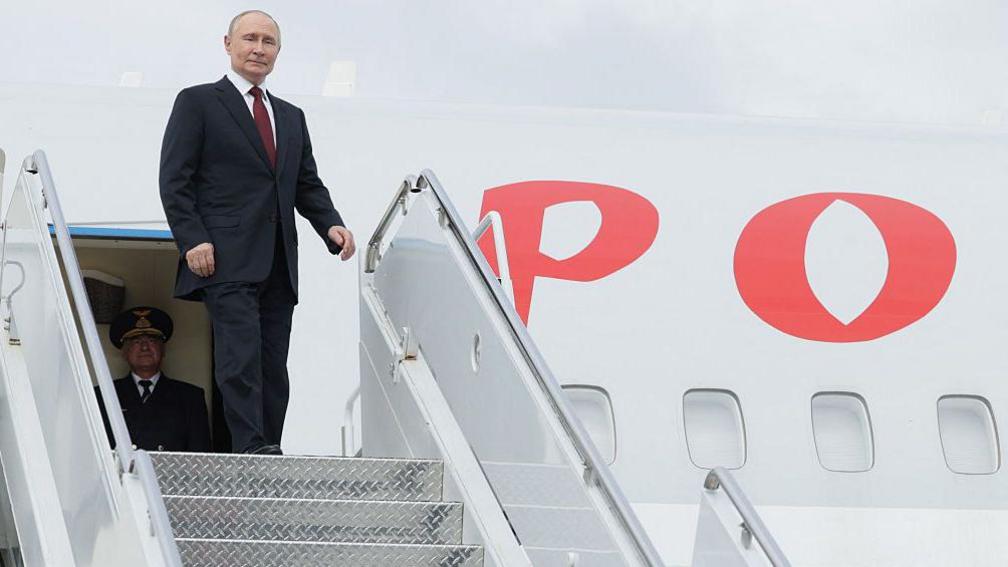In today's #vatnik soup I'll introduce a Chinese ultra-nationalistic tabloid & "China's Fox News", The Global Times (GT). It's a daily newspaper published by CCP's People's Daily. The newspaper has fabricated stories, spread conspiracy theories and published disinformation.
1/12
1/12

The Chinese version was established in 1993 and it is one of the most read newspapers in China. Its popularity rose after the paper reported on Western incidents such as the accidental bombing of Chinese embassy in Yugoslavia in 1999, 9/11 and the Iraq War.
2/12

2/12


After the launch of a propaganda mill Russia Today in 2005, the Chinese government wanted to extend their overseas media reach, too. For this purpose, they launched an English version of the site in 2009, the US edition in 2013 and the South African version in 2014.
3/12
3/12

GT launched their "social media monitoring" program with "comprehensive response plans" in 2019. GT's ex-Editor-in-Chief Hu Xijin adopted the combative & confrontational "wolf warrior" strategy that loudly denounces criticism towards the CCP & then focuses on counter-attack. 4/12 

The term comes from the movie "Wolf Warrior 2" (really!) and can also be referred as the "No you" tactic. With this tactic, China has taken more active role in international debate, often aligning them against the "decadent West". The same tactic is applied by the Russians.
5/12
5/12

GT is best-known for its hawkish and insulting editorials and Hu Xijin has said that it shares the sentiments of CCP's politicians - meaning that it says the things that the politicians and diplomats themselves can't. Hu Xijin was fired from his position in 2021.
6/12
6/12

The paper has published several articles containing disinformation. In Jan, 2021 they urged Australia not to use the Pfizer vaccine for COVID-19, while pushing their own Sinopharm vaccine. They've also spread the fake news that COVID-19 was created by Moderna.
7/12
7/12

In 2021, ProPublica and the NYT reported that GT was coordinating a state-wide campaign to deny the Uyghur human rights abuses in Xinjiang. Since then, GT has published several articles blaming the US of disinformation campaigning against China.
8/12

8/12


In Jun, 2022, GT tweeted a claim that thousands of angry protesters were marching against NATO's aid for Ukraine in Brussels. The rally had no connection to NATO, but was aimed at inflation and high prices.
9/12
9/12

GT is what in disinformation research is called an "information laundering machine". People tend to believe stories when they come from "prestigious" news sources. Propaganda producers have realized this and they've established online propaganda mills that produce biased...
10/12
10/12

... news that are then spread on social media platforms via troll farms and state actors such as diplomats and embassies to give them more credibility. These "newspapers" have little to no investigative journalism and they are heavily affected by an agenda,...
11/12
11/12

..., often copying rhetoric from fake news blogs and other propaganda mills. They also often publish aggressive editorials and op-eds, steering away the responsibility from state actors such as the CCP.
Troll farms:
12/12
Troll farms:
https://twitter.com/P_Kallioniemi/status/1601115023589658624
12/12
• • •
Missing some Tweet in this thread? You can try to
force a refresh





















